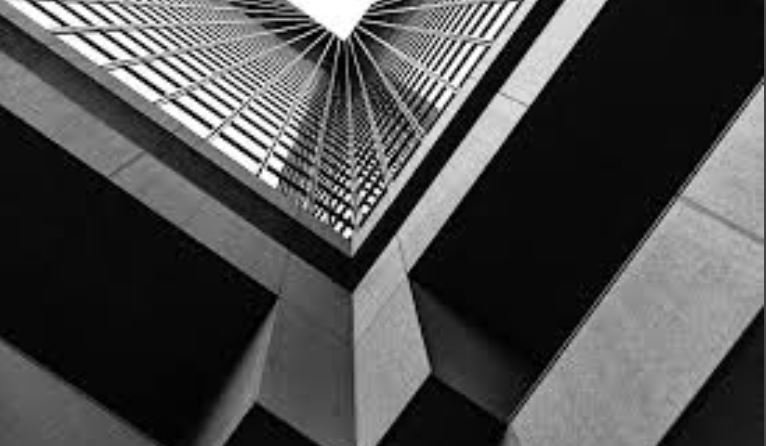Exploring architectural details through macro photography reveals the intricate craftsmanship and design elements often missed in wide-angle shots. By focusing on small, detailed aspects of buildings, macro photography provides a unique perspective, highlighting the textures, patterns, and materials that contribute to the overall aesthetic. Here are some essential tips and techniques for capturing stunning architectural details with macro photography.

Selecting the Right Equipment
Selecting the right equipment is crucial for macro photography. A macro lens with a high magnification ratio, such as 1:1, allows you to capture fine details up close. A sturdy tripod helps stabilize your camera, ensuring sharp images. Additionally, a remote shutter release or using the camera’s timer can minimize camera shake during exposure.
Understanding Lighting Techniques
Understanding lighting techniques is essential for highlighting architectural details. Natural light often works best for outdoor architectural photography. For indoor shots, consider using a ring light or a small LED panel to evenly illuminate your subject. Reflectors can help bounce light into shadowed areas, enhancing the visibility of intricate details.
Focusing on Texture
Focusing on texture reveals the tactile quality of architectural materials. Get close to surfaces like stone, brick, wood, or metal to capture their unique textures. Adjust the aperture to achieve a shallow depth of field, making the textures pop against a blurred background. This technique emphasizes the material’s character and adds depth to your photos.
Highlighting Patterns and Repetitions
Highlighting patterns and repetitions showcases the architectural design’s rhythm and symmetry. Look for repetitive elements such as tiles, window panes, or decorative motifs. Compose your shots to emphasize these patterns, creating visually appealing images that draw the viewer’s eye through the repetition of shapes and lines.
Capturing Ornamental Details
Capturing ornamental details allows you to showcase the artistic aspects of architecture. Focus on elements like carvings, moldings, or metalwork that add character to the building. Macro photography lets you reveal the craftsmanship and intricate designs that contribute to the overall beauty of the architecture.
Utilizing Depth of Field
Utilizing depth of field effectively enhances the focus on architectural details. A shallow depth of field isolates the subject from the background, making the detail stand out. Experiment with different apertures to control the depth of field, ensuring the critical parts of the detail remain sharp while the background softly blurs.
Exploring Color and Contrast
Exploring color and contrast brings out the visual richness of architectural details. Pay attention to the color schemes and how different materials contrast with each other. Use post-processing tools to enhance colors and adjust contrast, making the details more vibrant and eye-catching.
Working with Reflections and Shadows
Working with reflections and shadows adds a dynamic element to your macro shots. Reflections in glass or polished surfaces can create interesting compositions, while shadows can add depth and drama. Experiment with different angles and lighting conditions to find unique ways to incorporate these elements into your photos.
Capturing Wear and Weathering
Capturing wear and weathering tells a story about the architecture’s history and longevity. Focus on areas where time has left its mark, such as worn steps, faded paint, or rusted metal. These details add character and convey a sense of the building’s age and resilience.
Conclusion
Exploring architectural details through macro photography unveils the hidden beauty and craftsmanship in buildings. By selecting the right equipment, understanding lighting techniques, and focusing on textures, patterns, and ornamental details, you can create stunning images that highlight the intricate aspects of architecture. Post-processing techniques and creative compositions further enhance your photos, making them compelling and visually engaging. Embrace the art of macro photography to reveal the fascinating world of architectural details.

